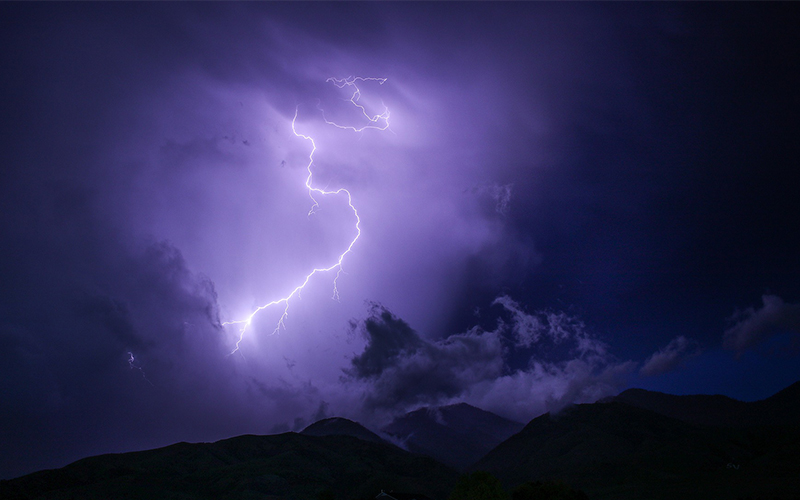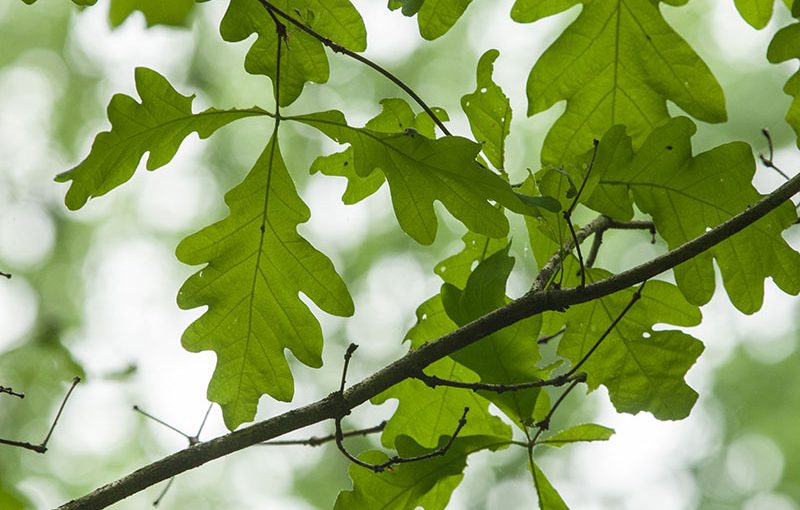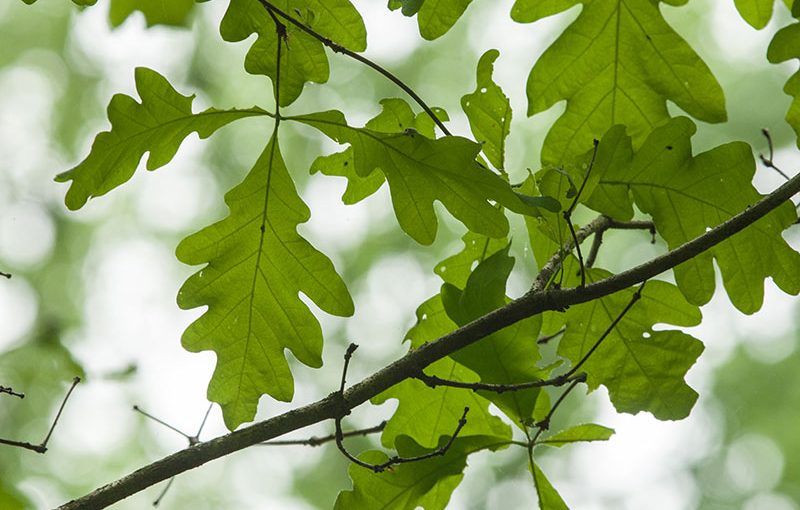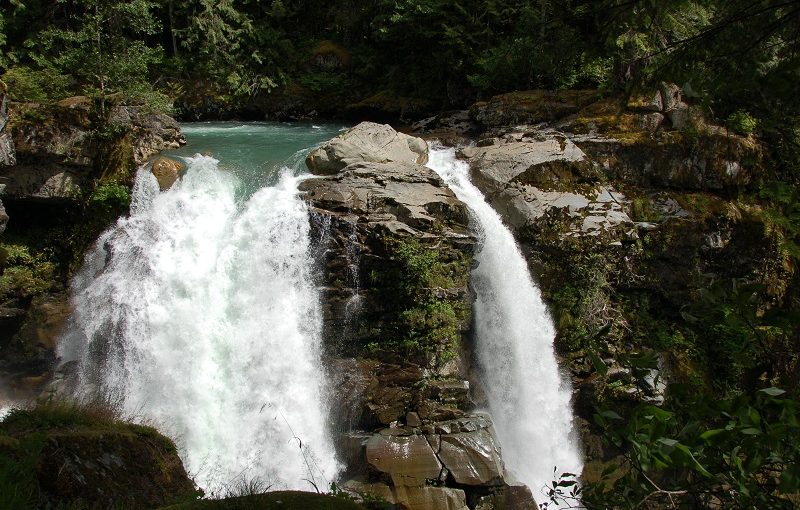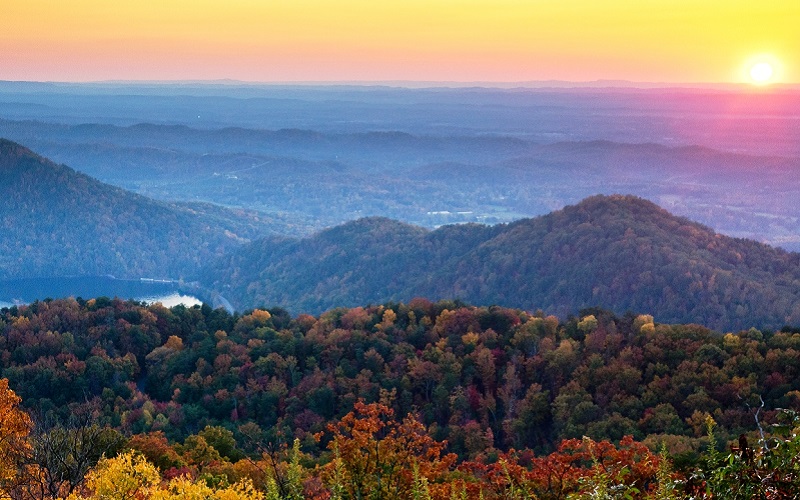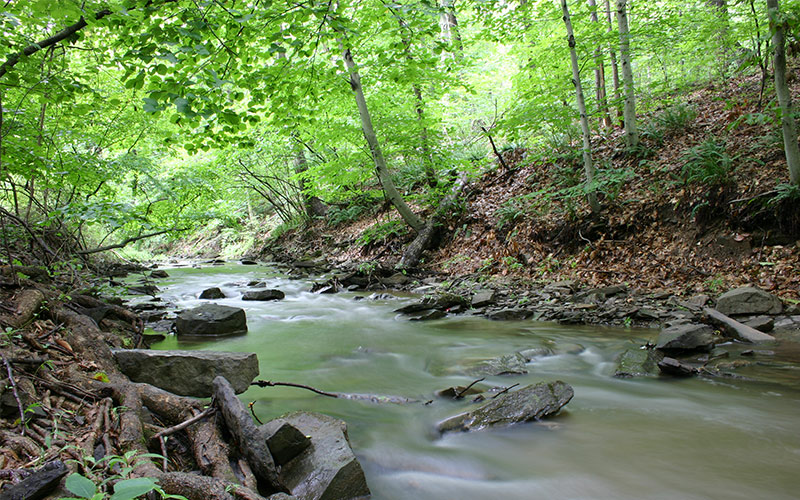padding-left: px !important;
padding-right: px !important;
}
We’re shaking up our Forest Digest! Each Sunday morning, enjoy your cup of Joe with latest in forest news and updates from American Forests staff and programs!

Forest News
- China is building an incredibly cool “forest city” that will combat pollution – Mic
China is setting the standard for urban environmentalism. Liuzhou Forest City is now under construction, and over 1 million pollution-reducing plants will cover every building. With transportation provided by electric cars and air conditioning relying entirely on geothermal energy, the project is projected to absorb approximately 10,000 tons of carbon dioxide per year. - Lightning-Caused Fires on the Rise in the World’s Largest Forest – National Geographic
A new NASA study reports that due to “an increase in volatile thunderstorm weather”, the number of wildfires caused by lightning has increased between two and five percent since 1975. The boreal forest in particular, home to 30 percent of the Earth’s forest cover, is being quickly transformed by fire and climate-related changes. - Seven trees photographed over two years – The Telegraph UK
Photographer Rob Fraser and writer Harriet Fraser have spent the last two years cultivating their project, The Long View, which visually catalogues the same seven trees located in The Lake District National Park. The park has potential to become a UNESCO World Heritage Site, and the two have dedicated their time and energy toward “making a stand for the protection of its trees and woodlands.” - These wondrous sea wolves swim for miles and live off the watery wilds – Treehugger.com
Wait – sea wolves? Yes, you read that right. This particularly unique population of wolves makes its home in a remote stretch of rainforest on the Pacific coast of Canada, where they are said to swim up to eight miles between mainland and island and feed on barnacles, herring roe, seals and even dead whales. - Climate change in drones’ sights with ambitious plan to remotely plant nearly 100,000 trees a day – ABC News (Australia)
With deforestation accounting for a larger percent of the world’s carbon emissions than the entire transportation sector, Dr. Susan Graham knew something had to be done. She has helped to construct a drone system that can fire germinated seeds into the soil after identifying ideal land for planting. She hopes that they will plant 1 billion trees every year to help fight climate change. - What Does It Take to Move a 10-Story Tree a Couple of City Blocks? – NPR
When St. Luke’s Health System, a hospital in Boise, Idaho, was looking to expand, the city was tasked with a $300,000 problem: How were they going to move the giant sequoia in the way? The sequoia, planted in 1912, towers some 10 stories tall and weighs more than 800,000 pounds.
What’s New at American Forests?
- As wildfires rage out west, D.C. lawmakers fight over forest policy – The Sacramento Bee
Funding for wildfire management is becoming a rather heated debate. This article features our senior director of programs and policy, Rebecca Turner, and her shared expertise regarding the proposed “Resilient Federal Forests Act of 2017.”
The post Forest Digest — Week of June 26, 2017 appeared first on American Forests.

